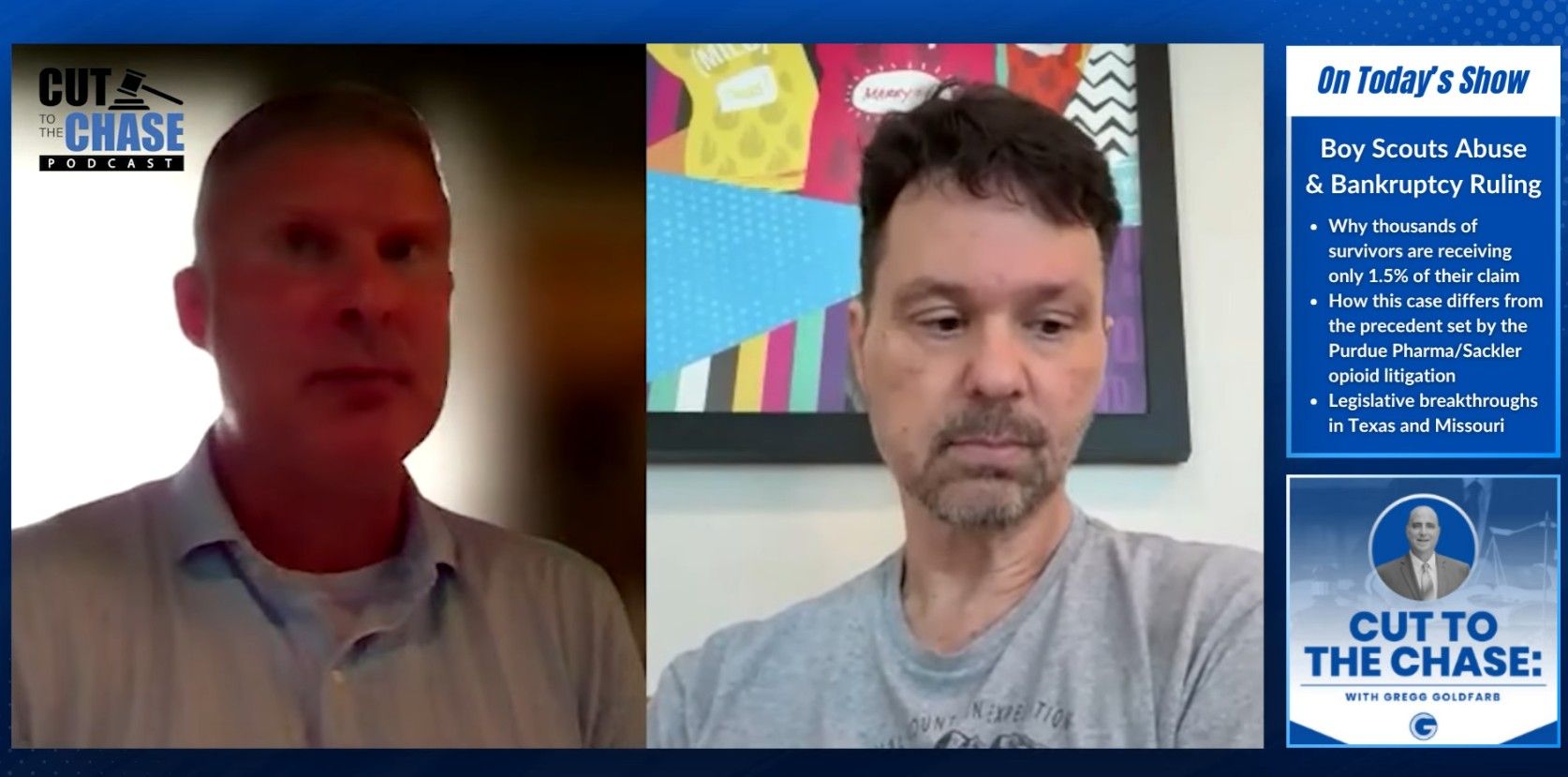Demystifying Pharmaceutical Mass Tort Cases: A Comprehensive Guide
Demystifying Pharmaceutical Mass Tort Cases: A Comprehensive Guide
The complexities of pharmaceutical mass tort cases can be daunting for the average person, and yet understanding them is crucial for anyone who might be affected by a drug or medical device injury. This in-depth guide provides both consumers and attorneys with a manual to the world of pharmaceutical mass tort cases, from recognition to resolution.
In this exploration, we will peel back the layers of what exactly mass tort cases are, why they matter, and how you, whether you are an everyday person considering your health and legal rights or a legal professional contemplating representation, can engage with these cases confidently and effectively.
Understanding Pharmaceutical Mass Tort Cases
Pharmaceutical lawsuits bring together groups of individuals who have suffered harm from the same prescription drugs or medical device. Unlike class action lawsuits, each person maintains separate claims. These cases often involve immensely complex legal battles against large pharmaceutical companies that require a specialized approach, rights and claims that are unique, and a thorough understanding of medical evidence.
The Definition and Scope of Mass Torts Cases
A mass tort case is a civil action that involves numerous plaintiffs bringing the same claim due to a common harm. In the context of pharmaceutical products, this harm can range from severe side effects and personal injury to wrongful deaths. These cases can encompass a multitude of issues, from a product's improper design to inadequate labeling or manufacturing practices.
Key Elements of Pharmaceutical Mass Tort Cases
Understanding the building blocks of a pharmaceutical mass tort case is crucial for navigating the complex legal terrain and advocating effectively for just outcomes.
Identification of a Defective Drug or Medical Device
The process often begins with reports of adverse effects, safety recalls, or the publication of research that links a product to significant harm. For instance, the discovery of a high incidence of severe, unlisted side effects might trigger an investigation and subsequent litigation.
Gathering Evidence and Building a Case
This phase is marked by extensive data collection and the assembly of a robust case. Evidence can include medical records, regulatory correspondence, and expert testimony. The development of a compelling narrative is also critical in persuading judges and juries of the need for compensation.
Legal Process and Potential Outcomes
The legal process for mass tort cases can be protracted and involved. Potential outcomes include civil settlements, where the pharmaceutical company agrees to pay damages and offer changes to the product’s labeling or design, to rulings that establish significant precedence. The latter can lay groundwork for future cases and changes in industry practices.
Consumer Perspective
For individuals who may be affected by a pharmaceutical mass tort case, the experience can be personal, overwhelming, and pivotal to their well-being.
Recognizing and Responding to Potential Mass Tort Cases
Signs of a potential mass tort case include widespread media coverage, reports from regulatory bodies like the FDA, and, most tellingly, reported instances of injury. Consumers might first notice issues through personal symptoms or experiences.
The Role of FDA Approval in Mass Tort Cases
FDA's approval is a pivotal factor in pharmaceutical mass tort cases, often serving as both a shield for pharmaceutical companies and a sword for plaintiffs. When a drug or medical device receives FDA approval, it signifies that the product has met the agency's stringent requirements for safety and efficacy. Plaintiffs in mass tort cases may argue that despite FDA's approval, the pharmaceutical company failed to adequately warn consumers about known risks or conducted insufficient post-approval monitoring.
Rights and Resources for Affected Individuals
Understanding one's rights in the context of a mass tort case is empowering. Consumers should be aware of their rights to compensation for medical costs, lost wages, and pain and suffering. Additionally, a variety of resources, such as legal hotlines and informational websites, can provide support and guidance for those navigating these difficult circumstances.
Legal Professional Insights
For law firms specializing in mass torts litigation, this area presents unique challenges and opportunities for advocacy.
Strategies for Legal Professionals
The strategy in these cases often involves a multi-pronged approach, including a keen focus on medical science, false claims act, misleading statements, effective case management, and the ability to handle vast amounts of complex data. Collaboration with experts and other legal professionals is often key to success in these cases.
Challenges and Opportunities
A crucial challenge is the considerable resources and legal muscle that pharmaceutical companies bring to bear. The nuances of this litigation accelerate the need for agile, knowledgeable, and well-equipped legal teams. But with those challenges also come significant opportunities to make an impact, both for individual clients and for broader public health and legal justice.
Examples of Notable Pharmaceutical Mass Tort Cases
Throughout history, several pharmaceutical mass tort cases have influenced public health policies, pharmaceutical regulations, and legal precedents. A few notable examples include:
- Talcum Powder Litigation: Johnson & Johnson faced numerous lawsuits claiming that their talcum powder products caused ovarian cancer and mesothelioma. These cases led to substantial verdicts against the company, along with a decision to discontinue sales of talc-based baby powders in North America.
- Depakote Litigation: Prescription drug Depakote medication used to treat seizures and bipolar disorder, became the subject of litigation due to its link to birth defects when taken by pregnant women. The manufacturer, Abbott Laboratories, faced numerous lawsuits alleging that it failed to warn of the drug's risks.
- Zyprexa Litigation: Eli Lilly, the manufacturer of the antipsychotic drug Zyprexa, faced litigation over allegations that it did not adequately disclose the medication's serious side effects, which include diabetes, substantial weight gain, and cardiovascular issues.
- Antipsychotic Geodon Litigation: Similar to Zyprexa, Geodon, another antipsychotic medication manufactured by Pfizer, has also been at the center of legal scrutiny. Cases have revolved around allegations that the drug causes severe side effects, such as tardive dyskinesia, heart arrhythmias, and diabetes, which were not sufficiently disclosed to consumers and healthcare providers.
These examples highlight the complex dynamics of pharmaceutical mass tort cases and their significant impact on both the legal and medical landscapes.
Conclusion
In conclusion, pharmaceutical mass tort litigation plays a crucial role in the intersection of law, medicine, and public health. It serves not only as a mechanism for holding manufacturers accountable for the safety and efficacy of their products but also as a vital means of compensating individuals who have suffered adverse effects from medications and medical devices.
As the pharmaceutical industry continues to evolve, so too will the landscape of mass tort litigation, necessitating ongoing vigilance, innovation, and collaboration among legal professionals to ensure justice for affected individuals and contribute to the broader aim of enhancing public health and safety.
For legal assistance in navigating the complexities of mass tort actions, consider reaching out to Jason J. Joy & Associates. Their team of seasoned attorneys specializes in mass tort litigation and is committed to providing personalized legal guidance tailored to your unique circumstances. Contacting Jason J. Joy & Associates could be the first step towards understanding your legal options and potentially securing the compensation you deserve for your personal injury.
Contact Us
By submitting this form you agree to receive text messages.







